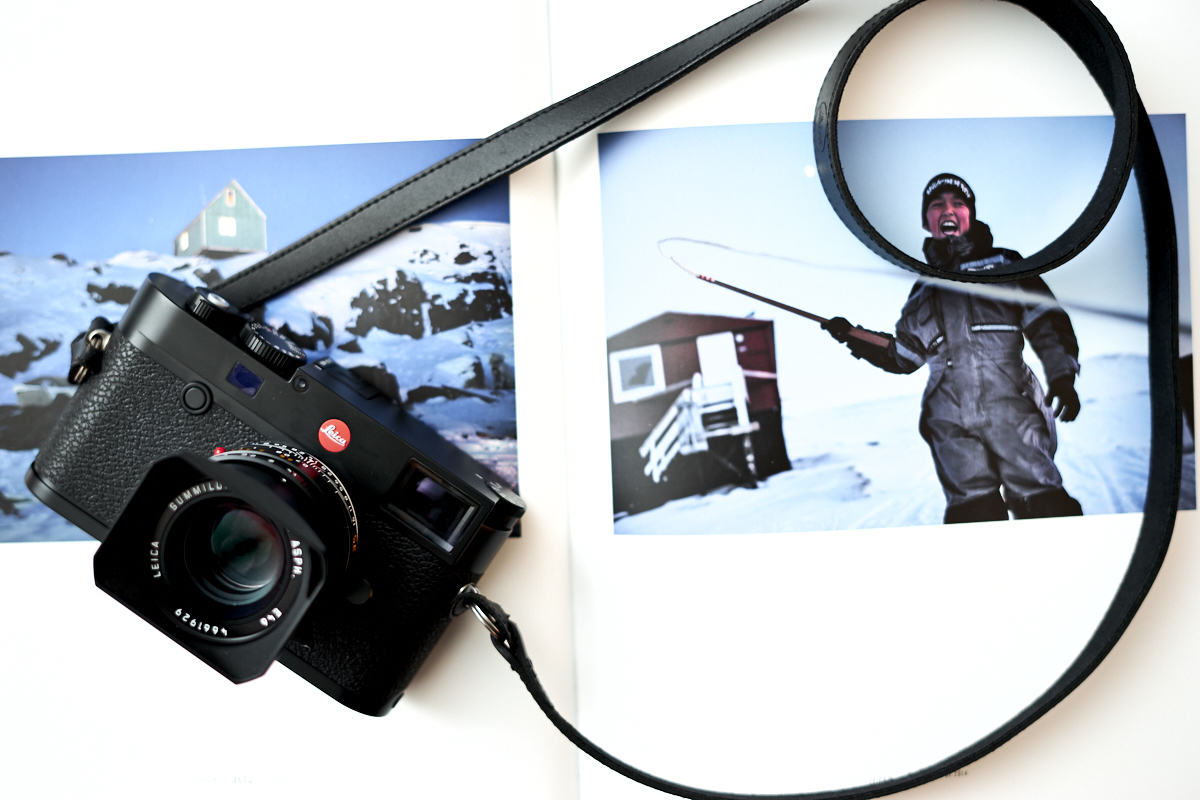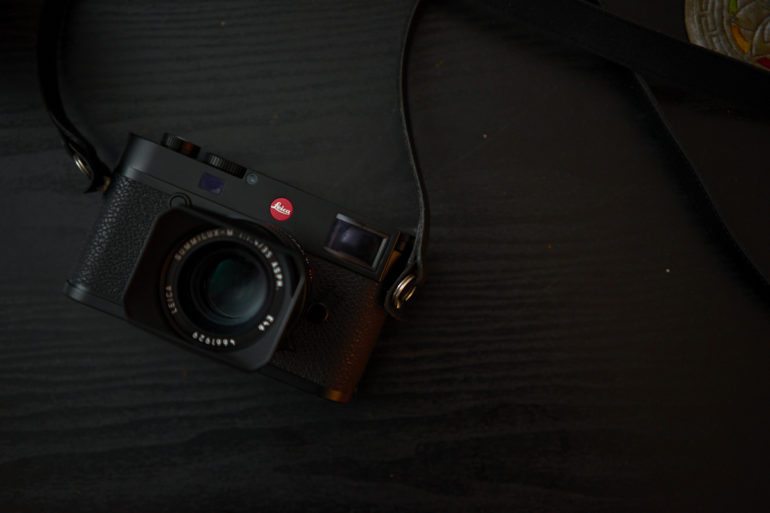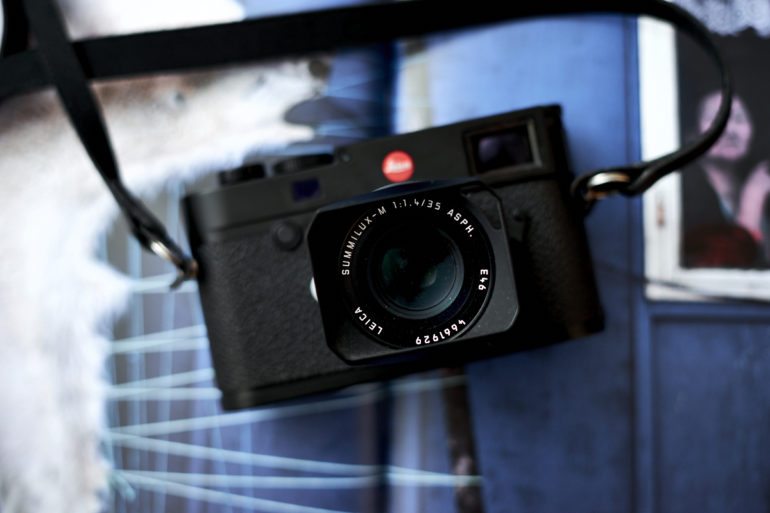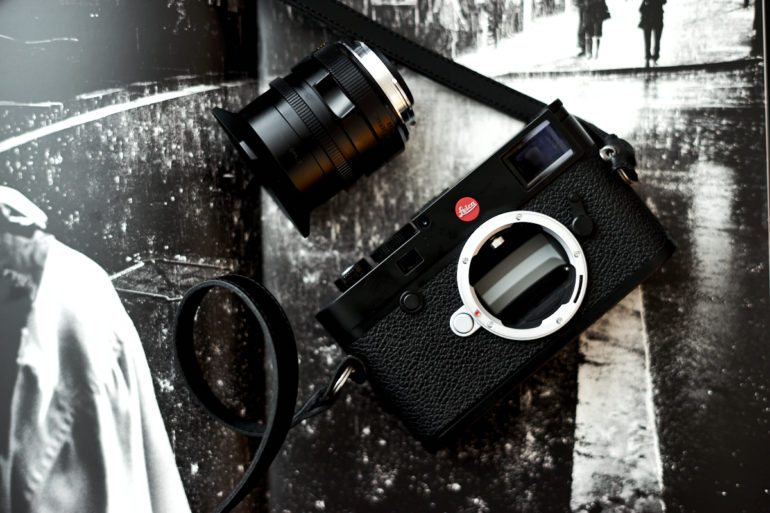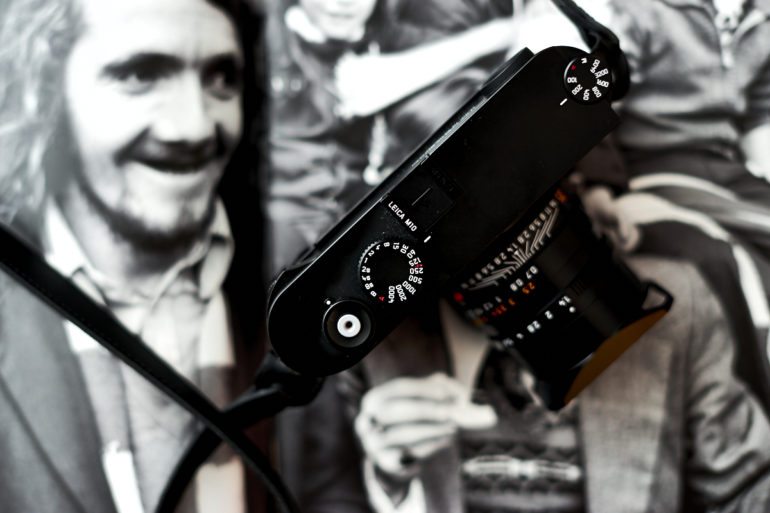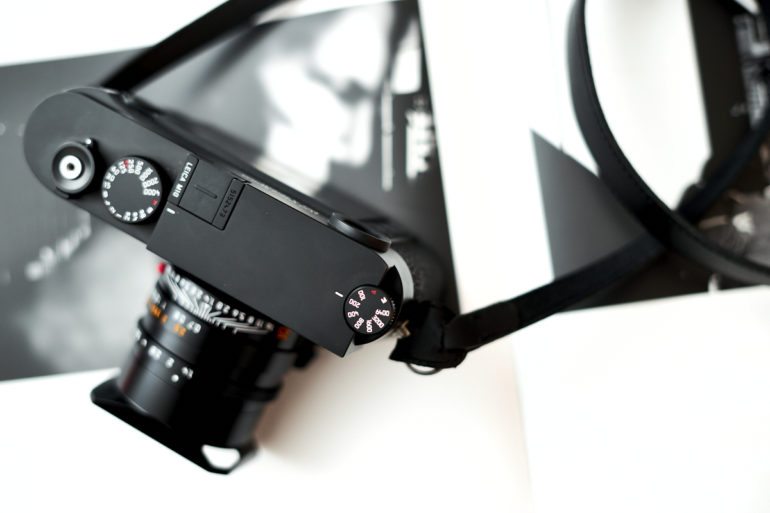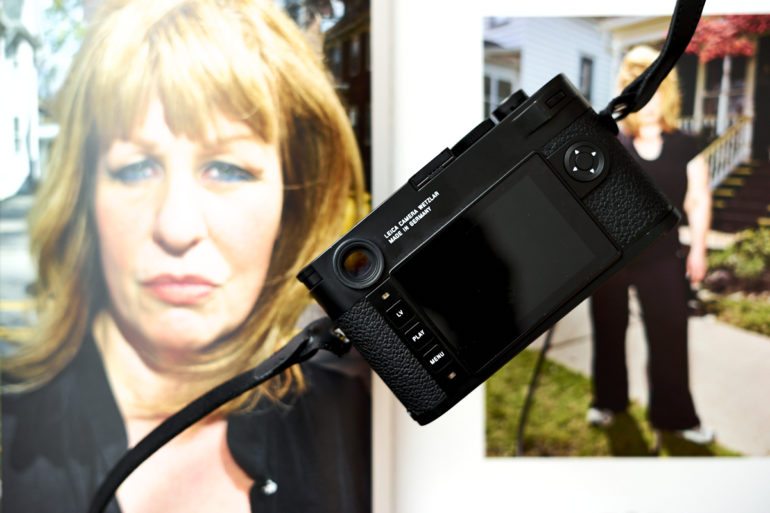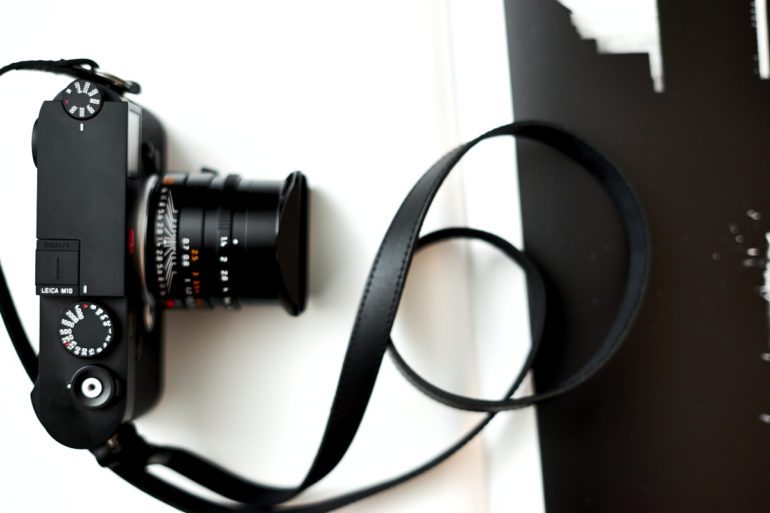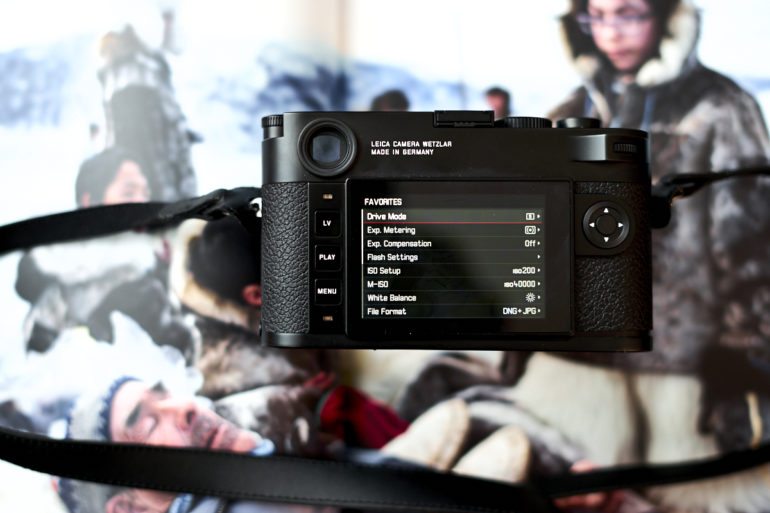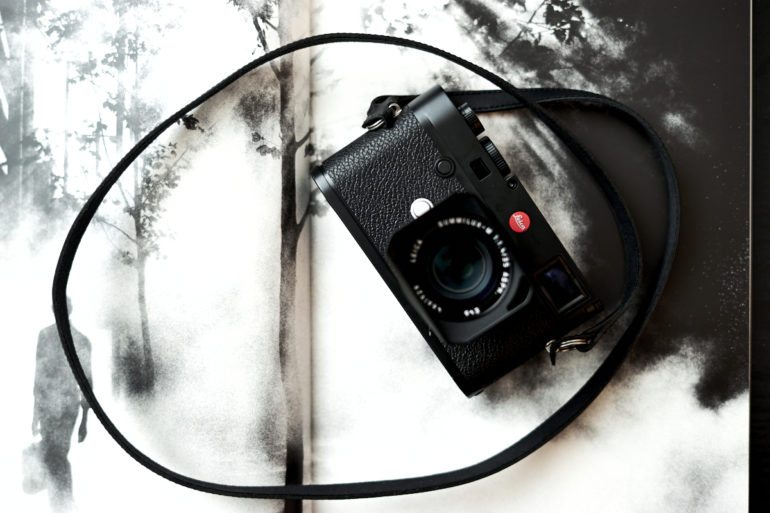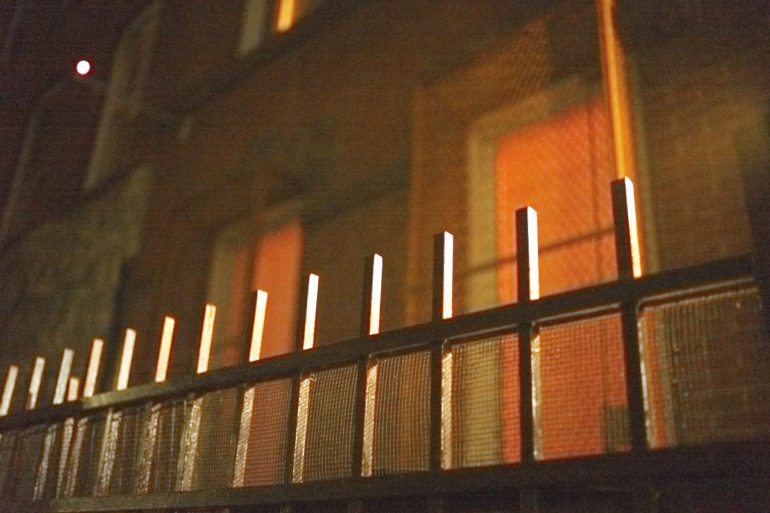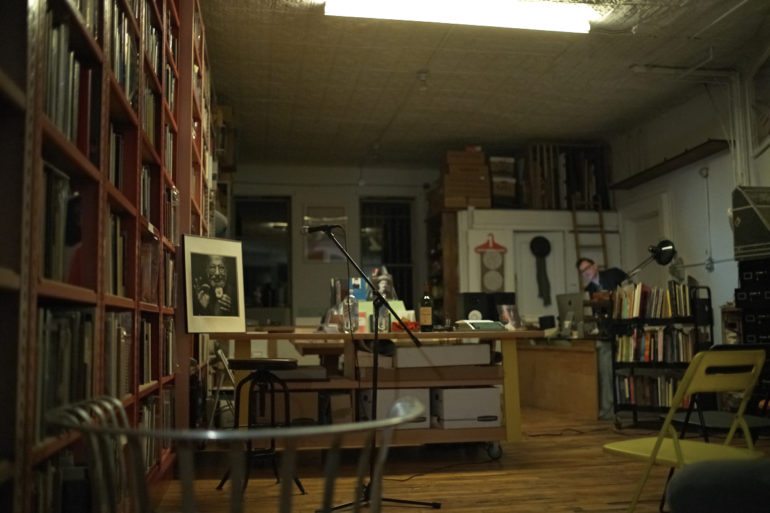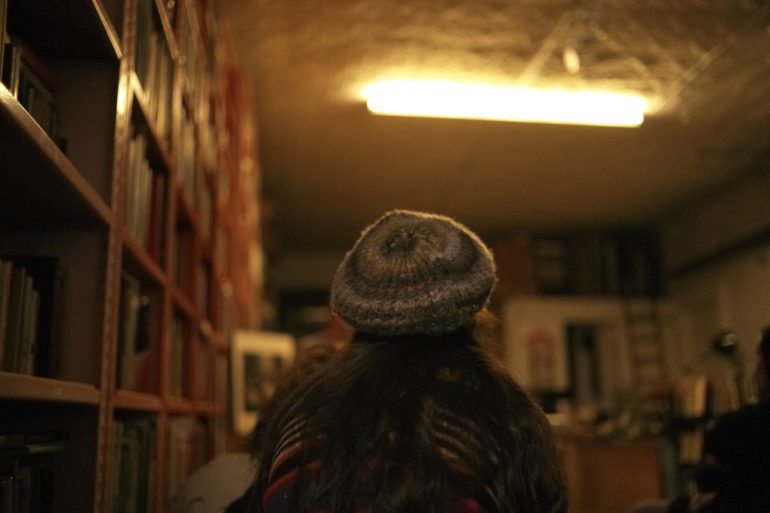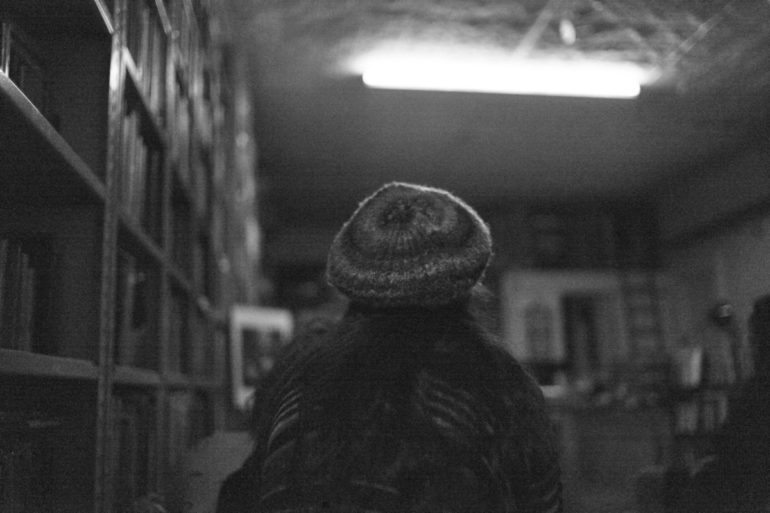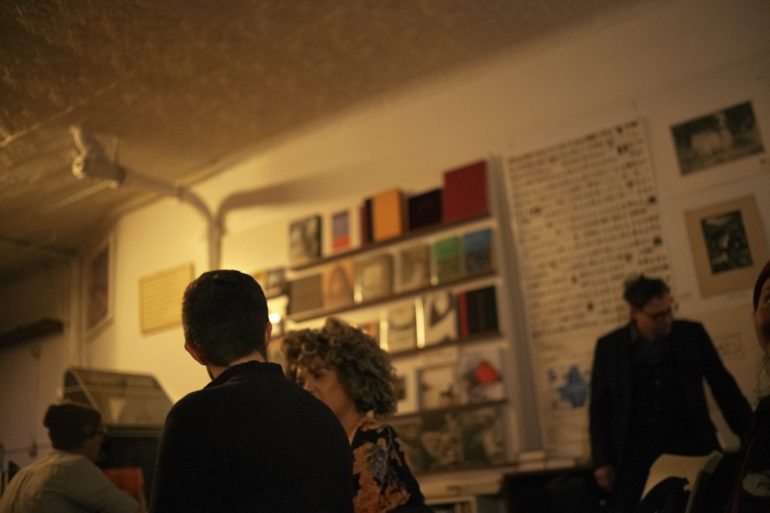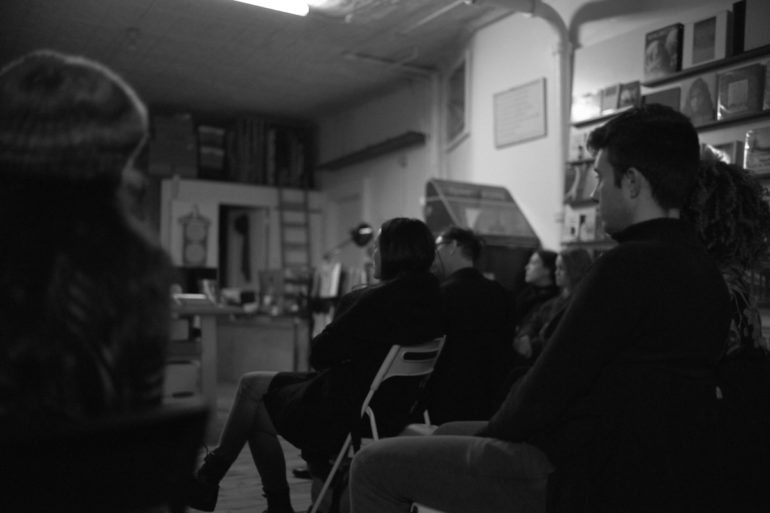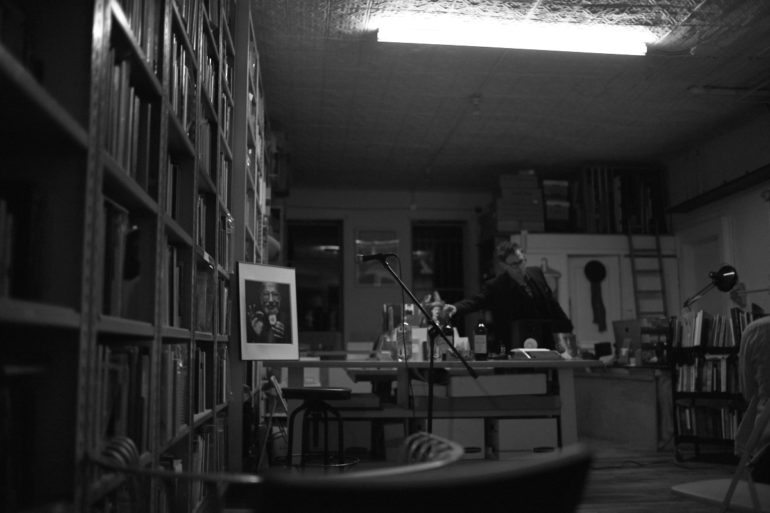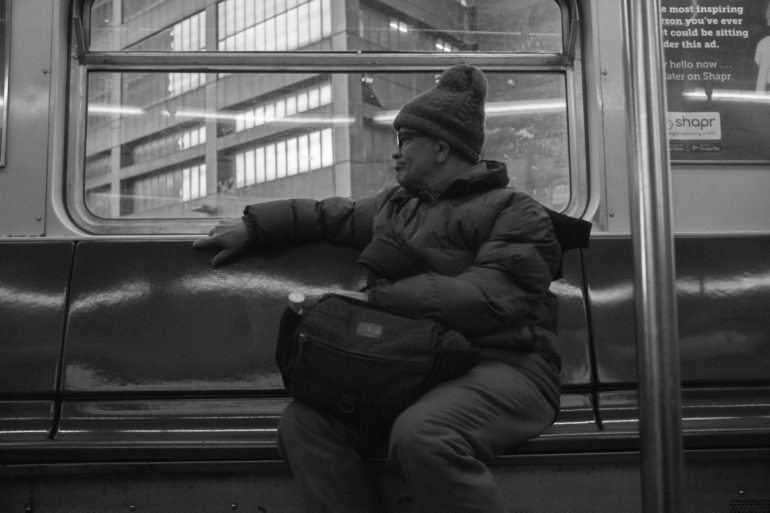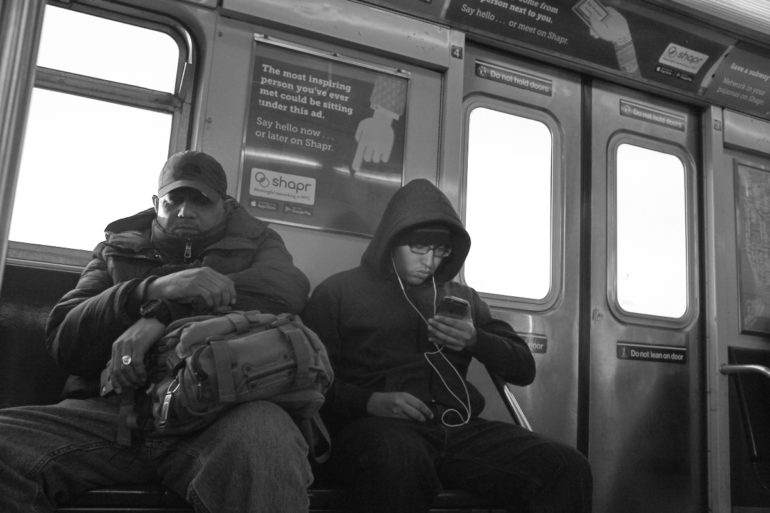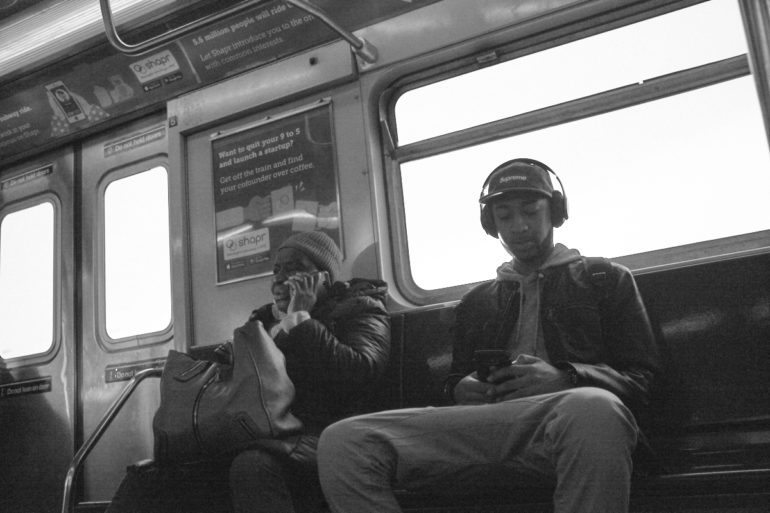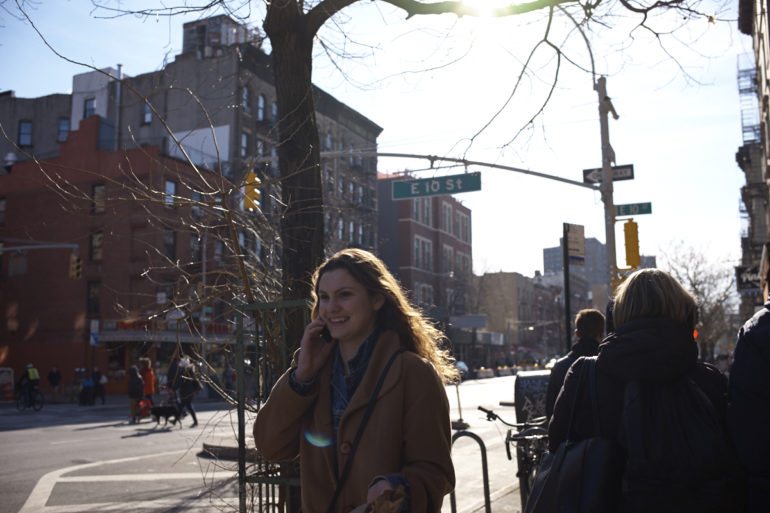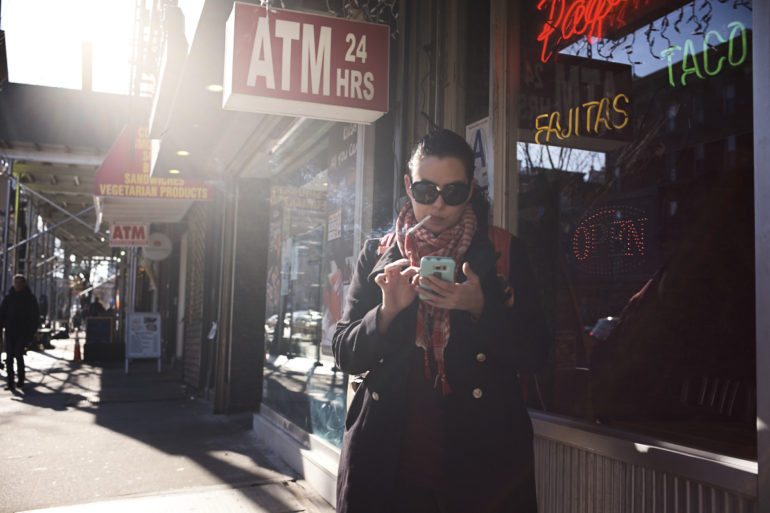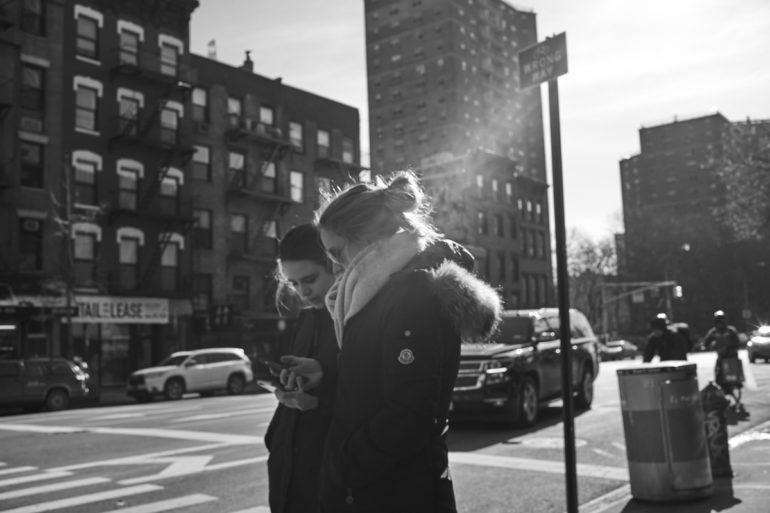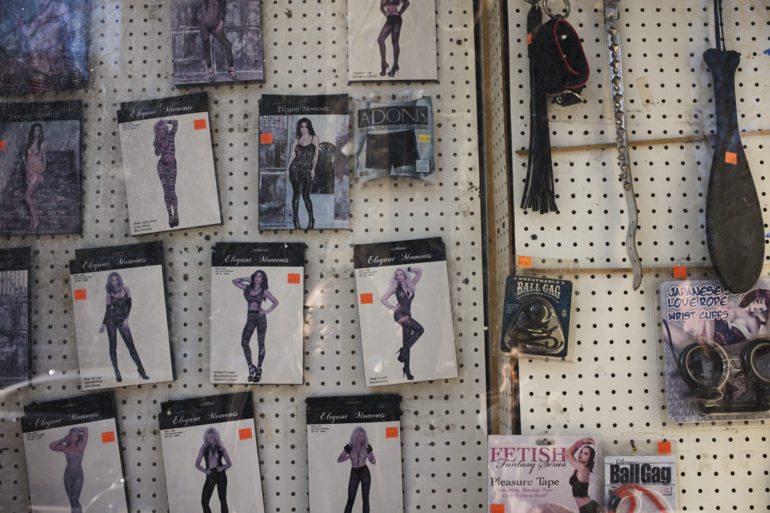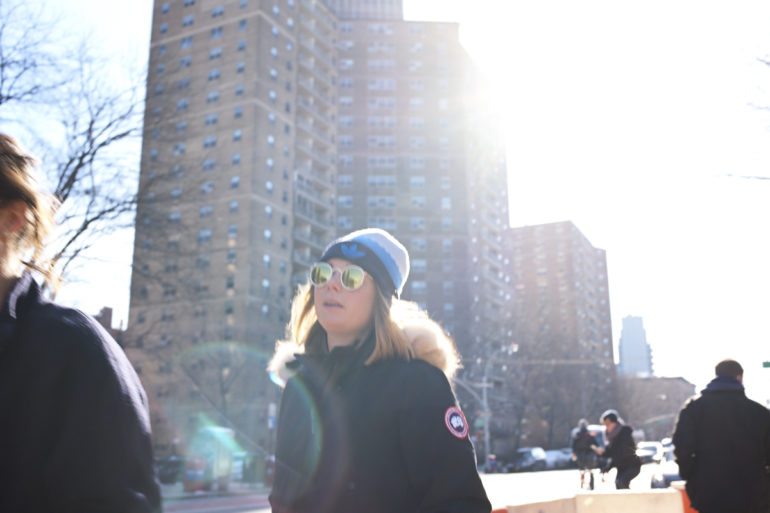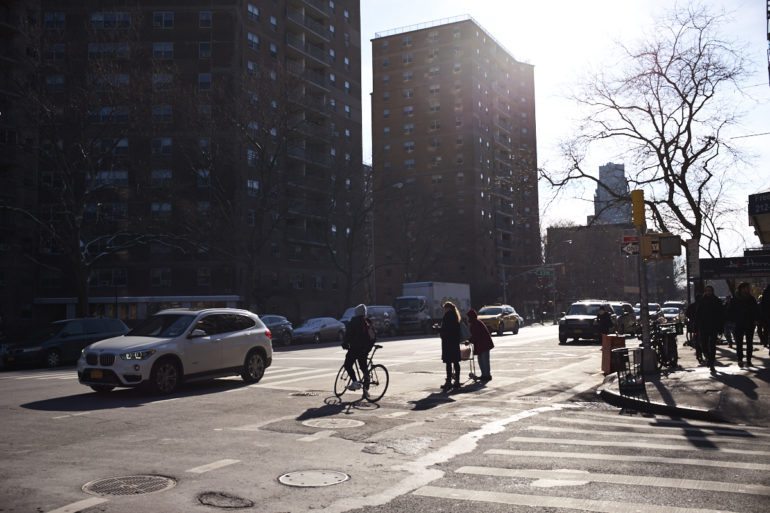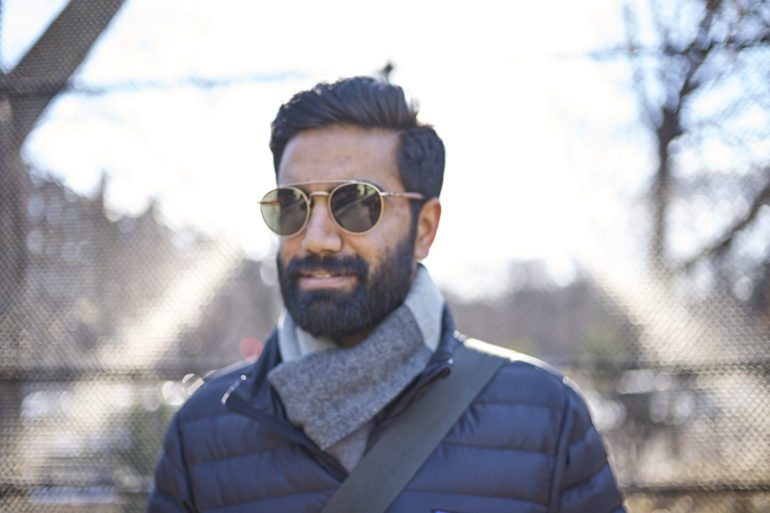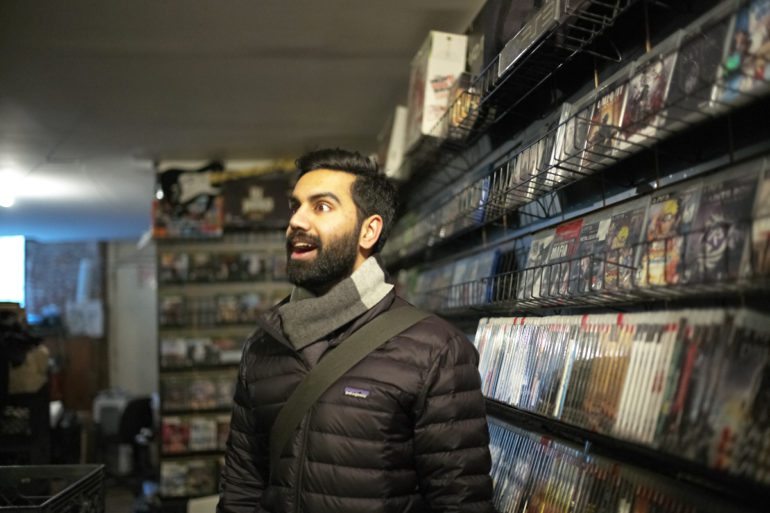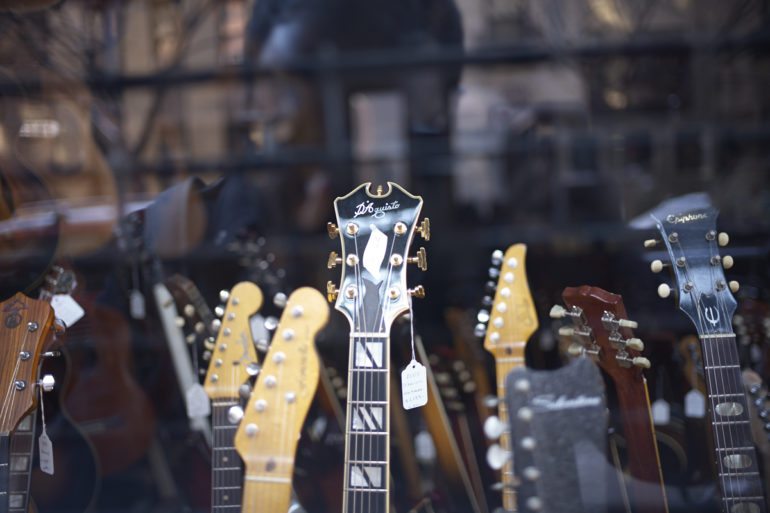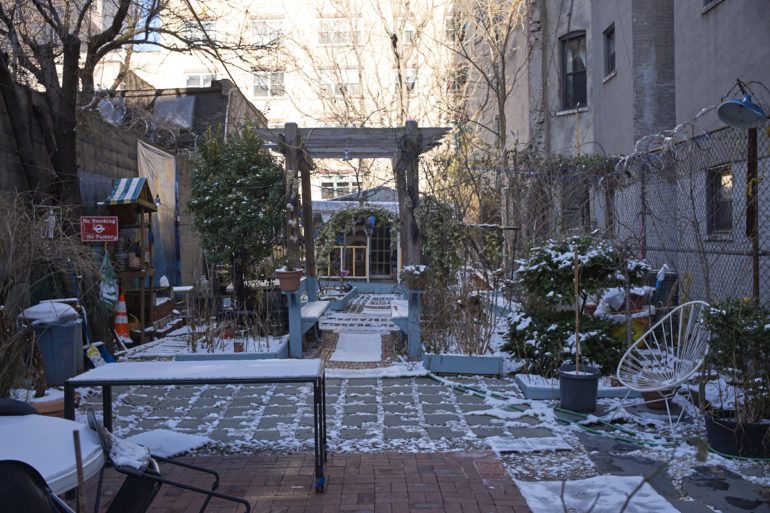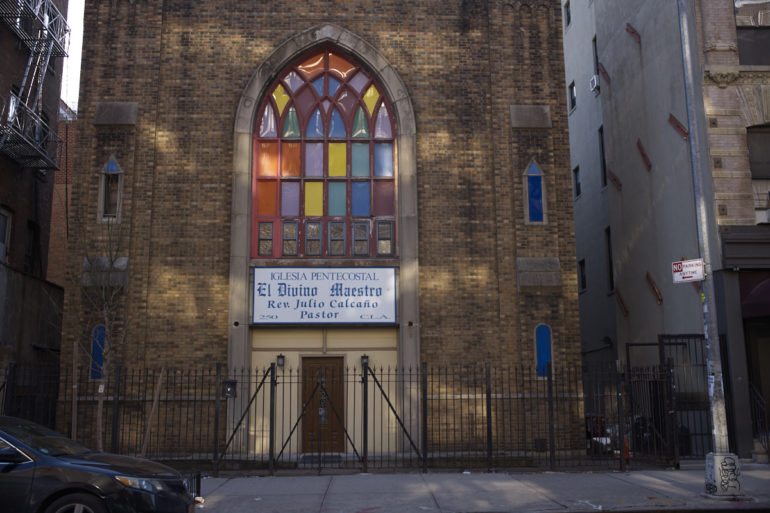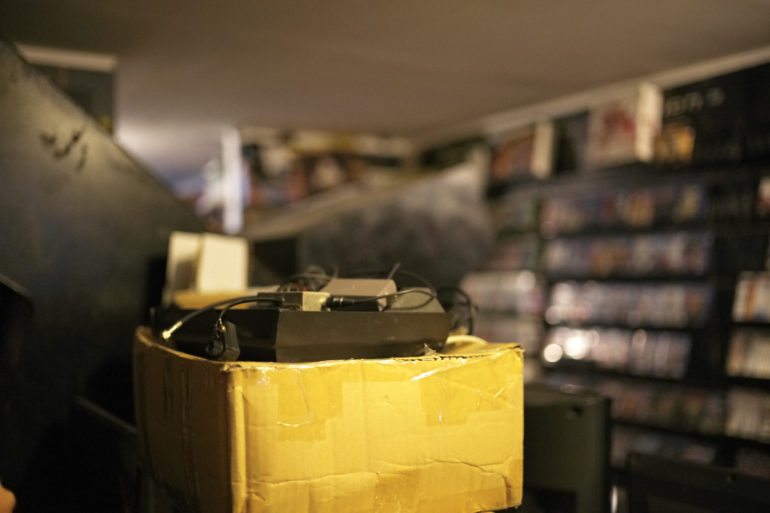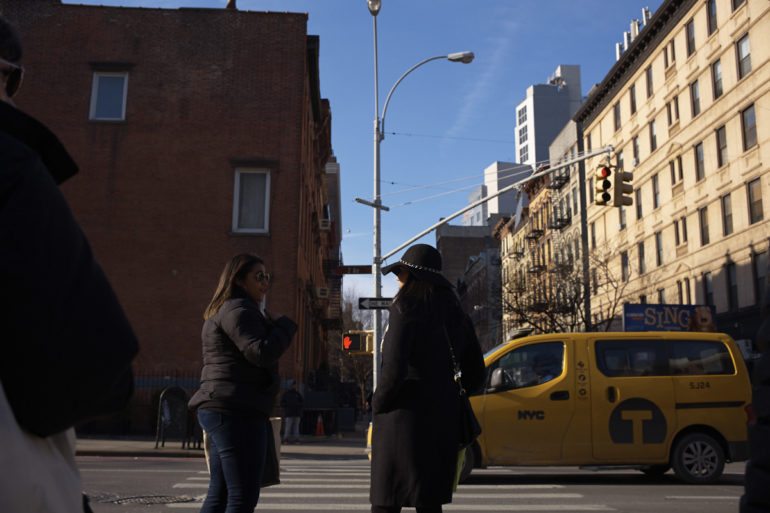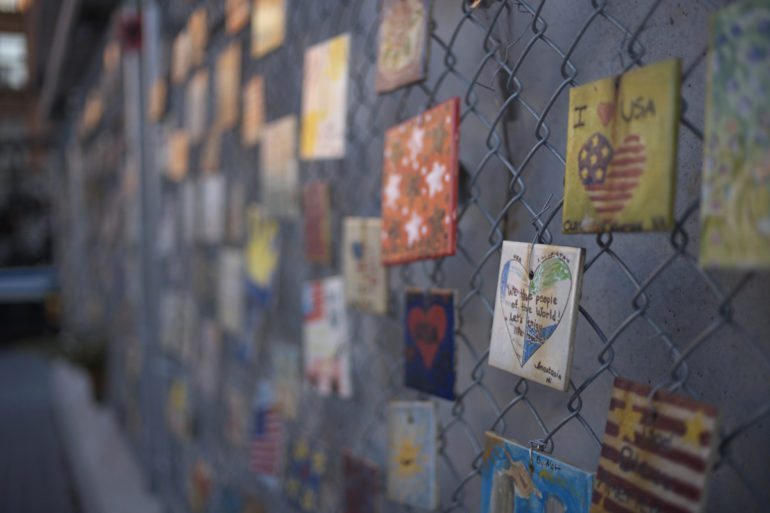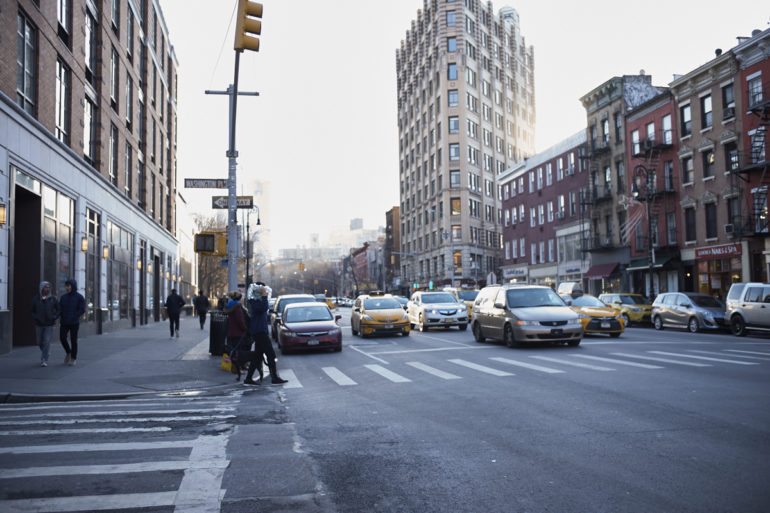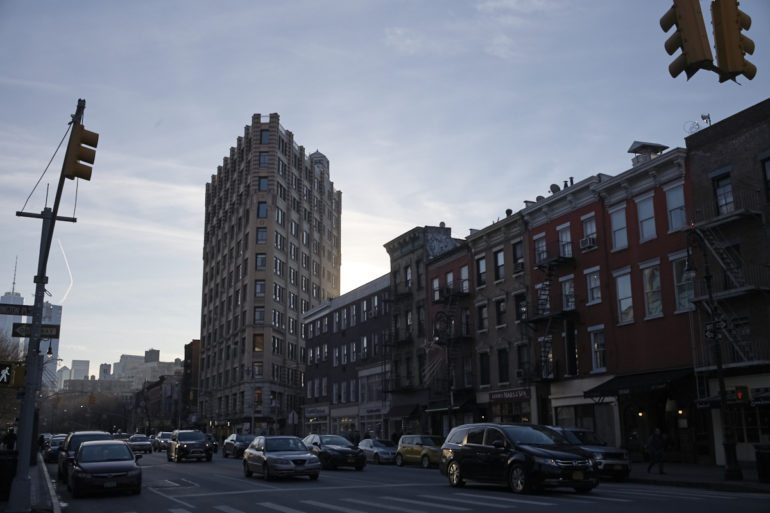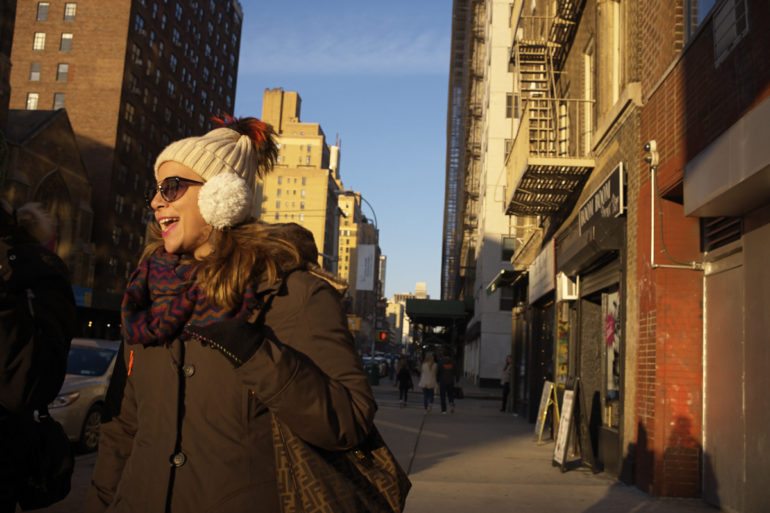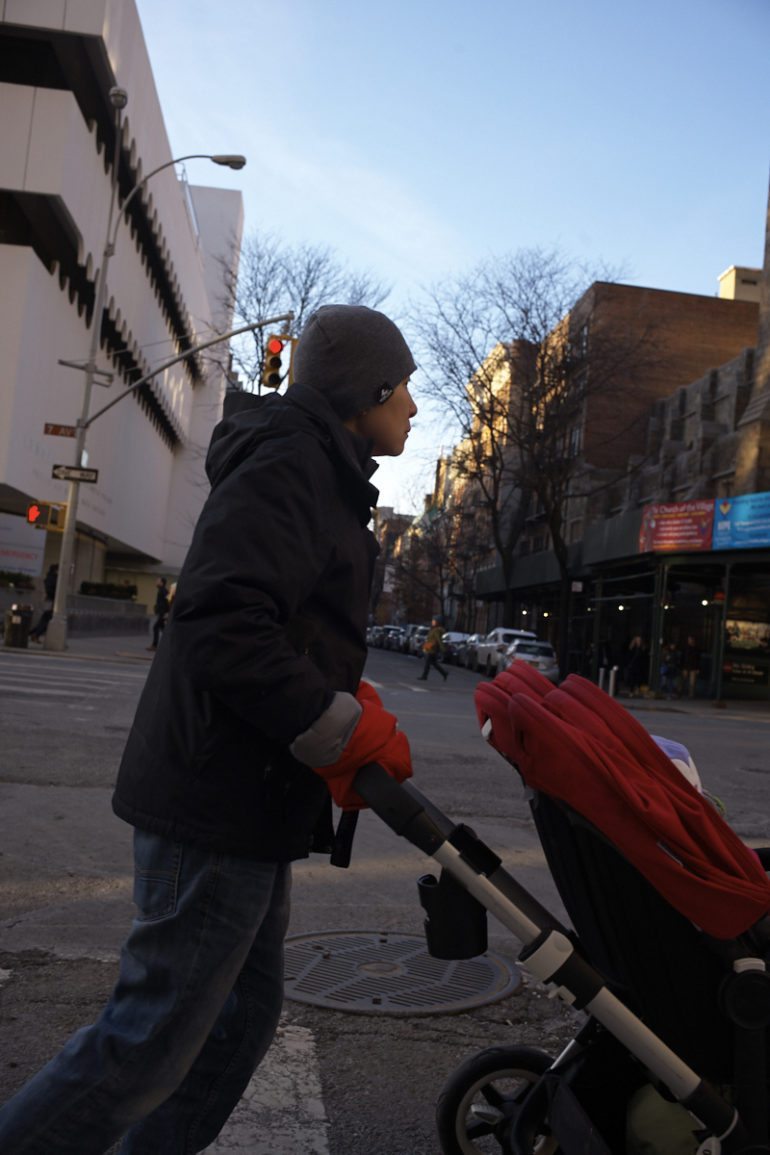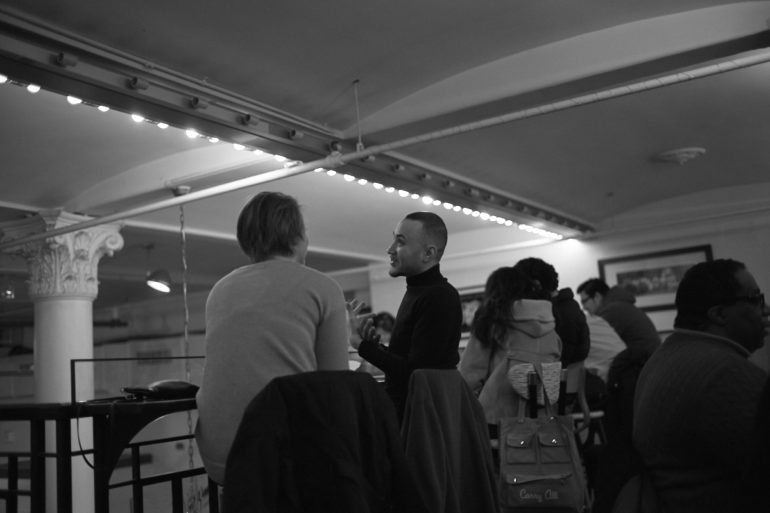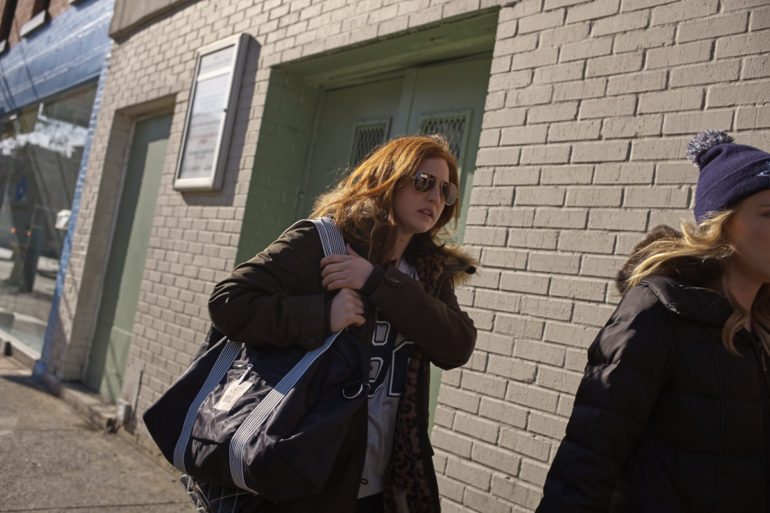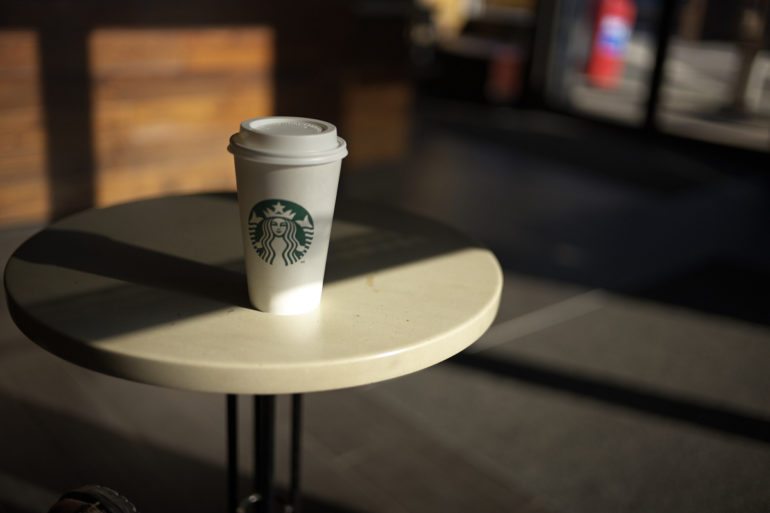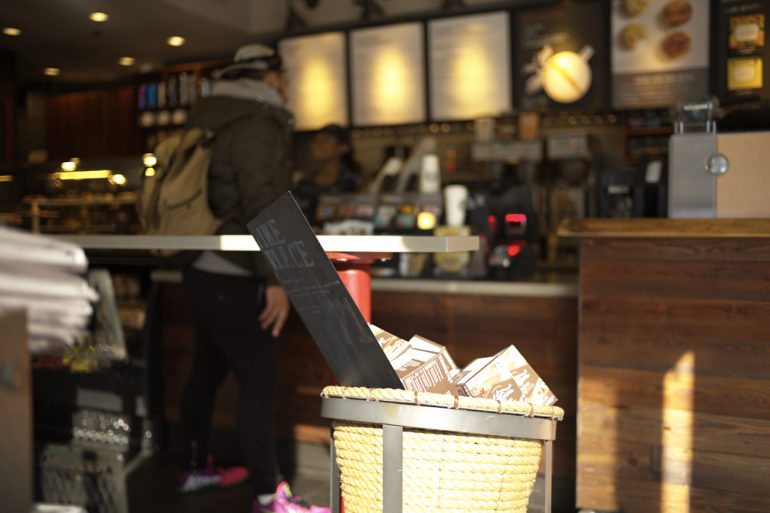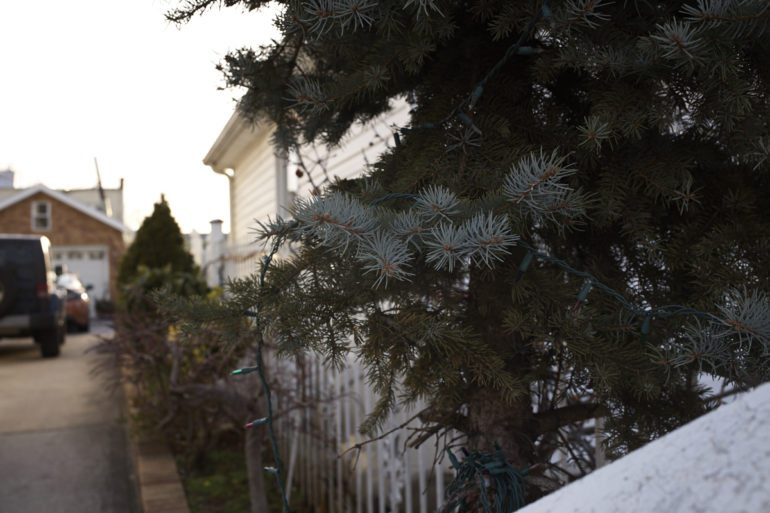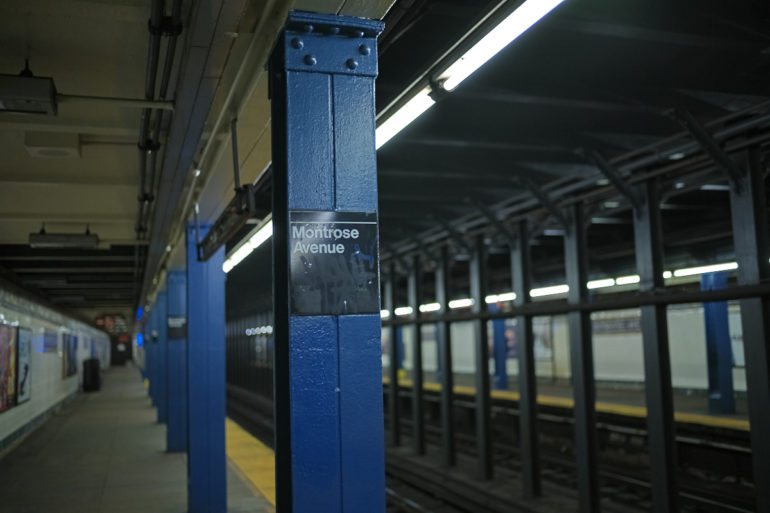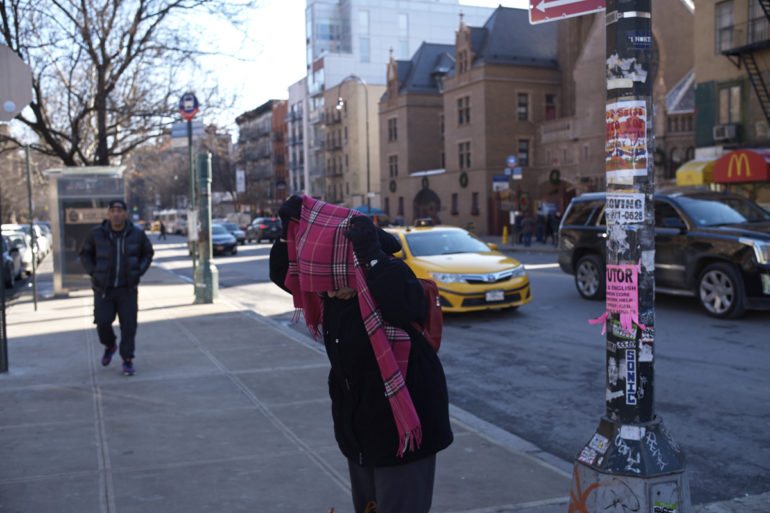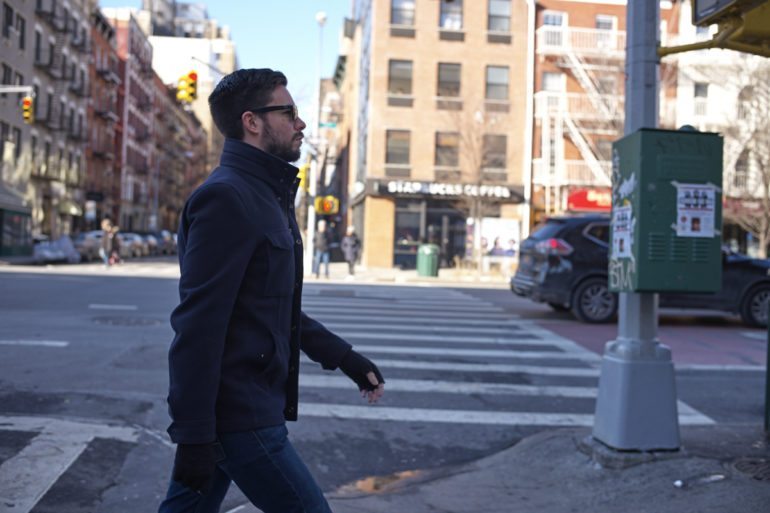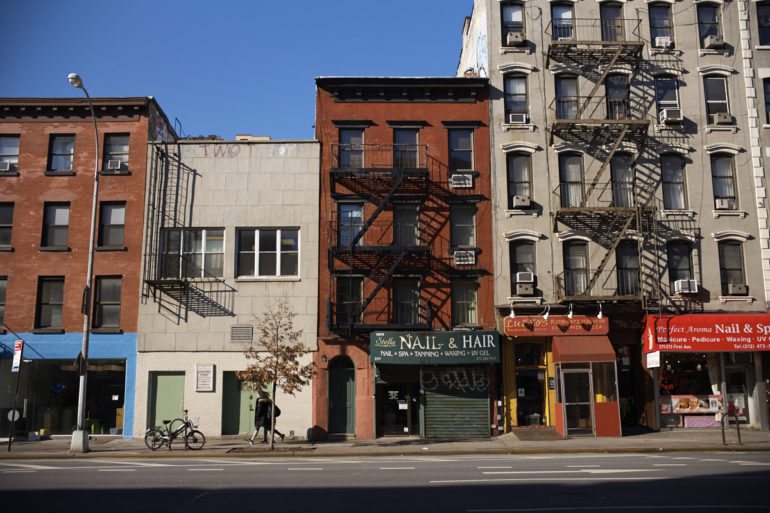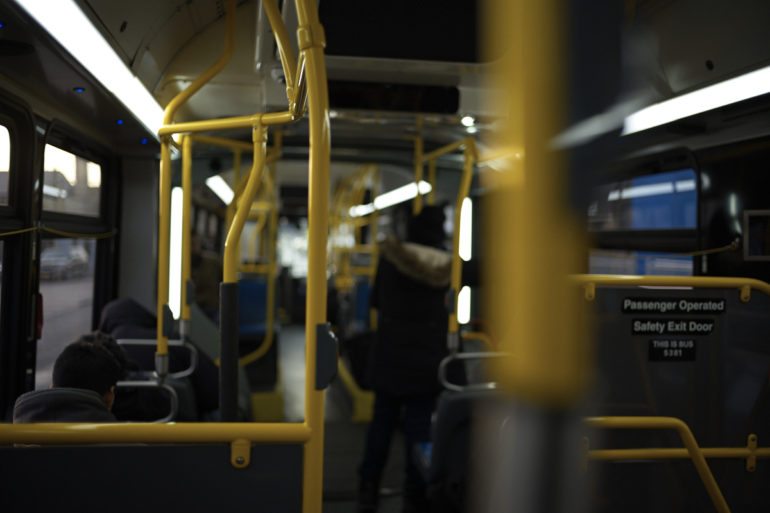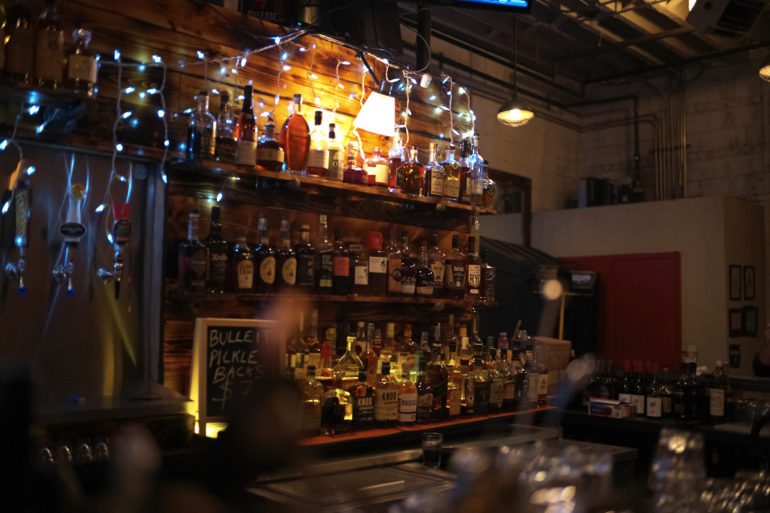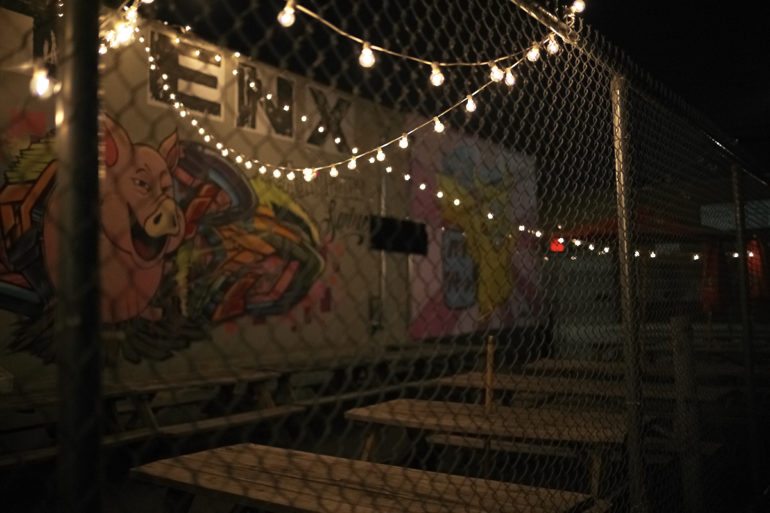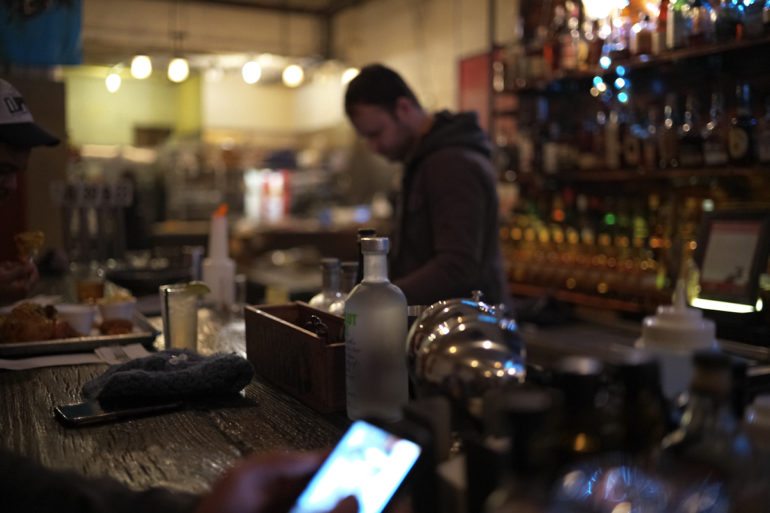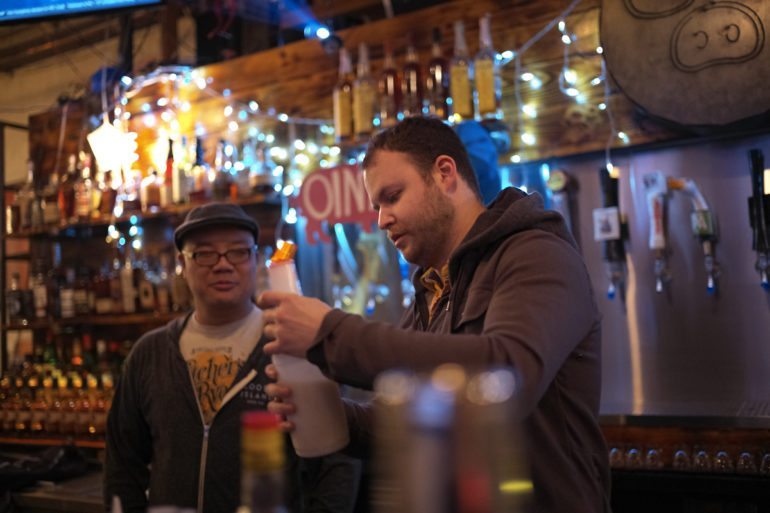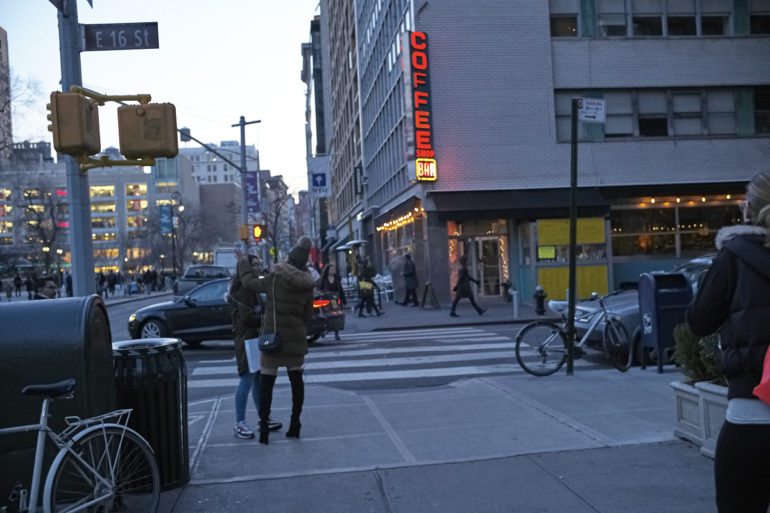The Leica M10 has to be one of the worst kept secrets from Leica in a while. Perhaps it’s because it generated a whole lot of excitement, and indeed it’s worth the hype. For the purist photographer, this is bound to be a tool that they’ll closely look at. With a 24MP CMOS full frame sensor, this camera is the company’s smallest M digital camera and this was done by creating a camera that more or less is super densely packed. It’s around the same size as the company’s film M cameras.
We’ve been playing with the Leica M10 for a while now, and in truth, we really like it.
Pros and Cons
Pros
- Very good high ISO output
- Lots of information recovered from the shadows and fairly cleanly too
- Feels incredible in the hand
- New ISO dial
- WiFi integration
- Weather sealing
- Smallest digital M mount camera to date
- Less buttons which actually is nice
- Absolutely fantastic battery life even in NYC’s cold
Cons
- Kind of pricey for a Leica, but also makes sense at this point. If they didn’t put video in it, I would’ve dropped the price by about $750 or so.
- Color depth doesn’t seem as deep as I’d like it to be.
- The ISO dial is a nice addition, but I think that Leica could have implemented it in a better way. However, in real life use this still isn’t that bad.
- Rangefinder seems a bit dark. I’ve seen brighter viewfinders in other Leicas
Gear Used
The Leica M10 was used with the Leica 35mm f1.4 Summilux.
Tech Specs
Specs taken from the company’s press release.
Camera type: Leica M10, compact digital view and range finder system camera
Lens attachment: Leica M bayonet with additional sensor for 6-bit coding
Lens system: Leica M lenses, Leica R lenses can be used with an adapter (available as an accessory)
Shot format/picture sensor: CMOS chip, active surface approx. 24 x 36mm
Resolution: DNG™: 5976 x 3992 pixels (24MP), JPEG: 5952 x 3968 pixels (24MP),
4256 x 2832 pixels (12MP), 2976 x 1984 pixels (6MP)
Data formats: DNG™ (raw data, compressed loss-free), JPEG
File size: DNG™: 20-30 MB, JPEG: Depending on resolution and picture content
Buffer memory: 2GB / 16 pictures in series
White balance: Automatic, manual, 8 presets, color temperature input
Storage medium: SD cards up to 2GB/SDHC cards up to 32GB/SDXC cards up to 2TB
Menu languages: German, English, French, Spanish, Italian, Portuguese, Japanese, Traditional Chinese, Simplified Chinese, Russian, Korean
Exposure metering: Exposure metering through the lens (TTL), with working aperture;
Metering principle/method: For metering the light reflected by light blades of the 1st shutter curtain onto a measuring cell: Strong center-weighted; for metering on the sensor: Spot, center-weighted, multi-field metering
Metering range: At room temperature and normal humidity for ISO 100, at aperture 1.0 EV-1 to EV20 at aperture 32. Flashing of the left triangular LED in the viewfinder indicates values below the metering range
Sensitivity range: ISO 100 to ISO 50000, adjustable in 1/3 ISO increments from ISO 200, choice of automatic control or manual setting
Exposure modes: Choice of automatic shutter speed control with manual aperture preselection – aperture priority A, or manual shutter speed and aperture setting
Flash exposure control:
Flash unit attachment: Via accessory shoe with central and control contacts
Synchronization: Optionally triggered at the 1st or 2nd Shutter curtain
Flash sync time: = 1/180s; slower shutter speeds can be used, if working below sync speed: Automatic changeover to TTL linear flash mode with HSS-compatible Leica system flash units
Flash exposure metering: Using center-weighted TTL pre-flash metering with Leica flash units (SF40, SF64, SF26), or flash units compatible with the system with SCA3502 M5 adapter
Flash measurement cell: 2 silicon photo diodes with collection lens on the camera base
Flash exposure compensation: ±3EV in1⁄3EV increments
Displays in flash mode (in viewfinder only): Using flash symbol LED
Viewfinder:
Construction principle: Large, bright line frame viewfinder with automatic parallax compensation
Eyepiece: Calibrated to -0.5 dpt.; corrective lenses from -3 to +3 diopter available
Image field limiter: By activating two bright lines each: For 35 and 135mm, or for 28 and 90mm, or for 50 and 75mm; automatic switching when lens is attached.
Parallax compensation: The horizontal and vertical difference between the viewfinder and the lens is automatically compensated according to the relevant distance setting, i.e. the viewfinder bright-line automatically aligns with the subject detail recorded by the lens.
Matching viewfinder and actual image: At a range setting of 2m, the bright-line frame size corresponds exactly to the sensor size of approx. 23.9 x 35.8mm; at infinity setting, depending on the focal length, approx. 7.3% (28mm) to 18% (135mm) more is recorded by the sensor than indicated by the corresponding bright line frame and slightly less for shorter distance settings than 2m
Magnification (For all lenses): 0.73 x
Large-base range finder: Split or superimposed image range finder shown as a bright field in the center of the viewfinder image
Effective metering basis: 50.6mm (mechanical measurement basis 69.31mm x viewfinder magnification 0.73x)
Displays:
In the viewfinder: Four-digit digital display with dots above and below
On back: 3” color -TFT LCD monitor with 16 million colors and 1,036,800 pixels, approx. 100% image field, glass cover of extremely hard, scratch-resistant Corning® Gorilla® glass, color space: sRGB, for Live-View and review mode, displays
Shutter and shutter release:
Shutter: Metal blade focal plane shutter with vertical movement
Shutter speeds: For aperture priority: (A) continuous from 125s to 1⁄4000s,
for manual adjustment: 8s to 1⁄4000s in half steps, from 8s to 125s in whole steps, B: For long exposures up to maximum 125s (in conjunction with self-timer T function, i.e. 1st release = shutter opens, 2nd release = shutter closes),
(1⁄180s): Fastest shutter speed for flash synchronization, HSS linear flash mode possible with all shutter speeds faster than 1⁄180s (with HSS-compatible Leica system flash units)
Picture series: approx. 5 pictures/s, 30-40 pictures in series
Shutter release button: Two-stage, 1st step: Activation of the camera electronics including exposure metering and exposure lock (in aperture priority mode), 2nd step: Shutter release; standard thread for cable release integrated.
Self-Timer: Delay optionally 2s (aperture priority and manual exposure setting) or 12s, set in menu, indicated by flashing LED on front of camera and corresponding display in monitor.
Turning the camera on/off: Using main switch on top of camera; optional automatic shutdown of camera electronics after approx. 2/5/10 minutes; reactivated by tapping the shutter release
Power supply: 1 lithium ion rechargeable battery, nominal voltage 7.4V, capacity 1300mAh; maximum charging current/voltage: DC 1000mA, 7.4V; Model No.: BP-SCL5; Manufacturer: PT. VARTA Microbattery, Made in Indonesia, Operating conditions (in camera): 0°C – + 40°C
Charger: Inputs: 100-240V AC, 50/60Hz, 300mA, automatic switching, or 12V DC, 1.3A; Output: DC 7.4V, 1000mA/max. 8.25V, 1100mA; Model No.: BC-SCL5; Manufacturer: Guangdong PISEN Electronics Co., Ltd., Made in China, Operating conditions: 0°C – + 35°C
GPS (only with Leica Visoflex viewfinder attached, available as an accessory):
Optional (not available everywhere due to country-specific legislation, i.e. enforced automatic shutdown in those countries), data are written to EXIF header in picture files.
Wi-Fi: Complies with IEEE 802.11b/g/n standard (standard Wi-Fi protocol), channel 1-11, encryption method: Wi-Fi-compatible WPA™/WPA2™ encryption, access method: Infrastructure mode
Camera body:
Material: All-metal die cast magnesium body, synthetic leather covering. Brass top panel and base, black or silver chrome plated finish
Image field selector: Allows the bright-line pairs to be manually activated at any time (e.g. to compare detail)
Tripod thread: A ¼ (¼“) DIN stainless steel in bottom
Operating conditions: 0-40°C
Interfaces: ISO accessory shoe with additional contacts for Leica Visoflex viewfinder (available as an accessory)
Dimensions (width x depth x height): approx. 139 x 38.5 x 80mm
Weight: approx. 660g (with battery)
Scope of Delivery: Charger 100-240V with 2 mains cables (Euro, USA, varies in some export markets) and 1 car charging cable, lithium ion battery, carrying strap, body bayonet cover, cover for accessory shoe
Ergonomics
The Leica M10 has a very subtle and classic Leica look. You’ve got your frame line selector, the lens mount, the rangefinder, your Red dot, etc. The leatherette grip is also incredibly nice in the hand.
Turn to the top of the camera and what you’ll spot are some of the main controls. There is the on/off switch (continuous mode is in the menus now), the shutter dial, hot shoe, and the new ISO dial. This dial needs to be lifted up with two fingers though at one point I did it with one. Leica made this one very difficult to tamper with.
Near the ISO dial and to the back you’ll find the viewfinder. The viewfinder in and of itself is very bright. But the rangefinder I feel could be brighter.
Turn to the back and you’ll find a big, gorgeous LCD screen. The only controls are three buttons and a directional pad. It’s quite lovely and lets you just focus on shooting.
Build Quality
The Leica M10 has some weather sealing just like some of the more recent preceding cameras. It’s also generally just built like a tank. On top of that, if you check out the top plate, you’ll see it’s got matte finish. This makes it very nice to the touch. It’s surely a work of art while being a super tough camera.
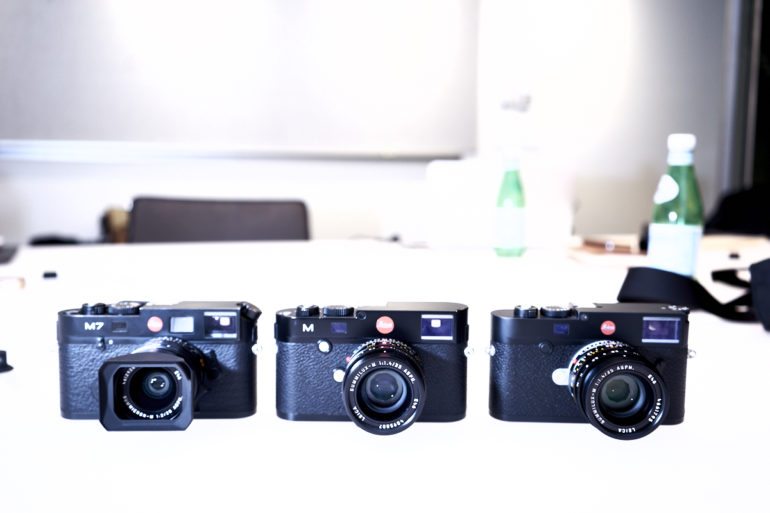
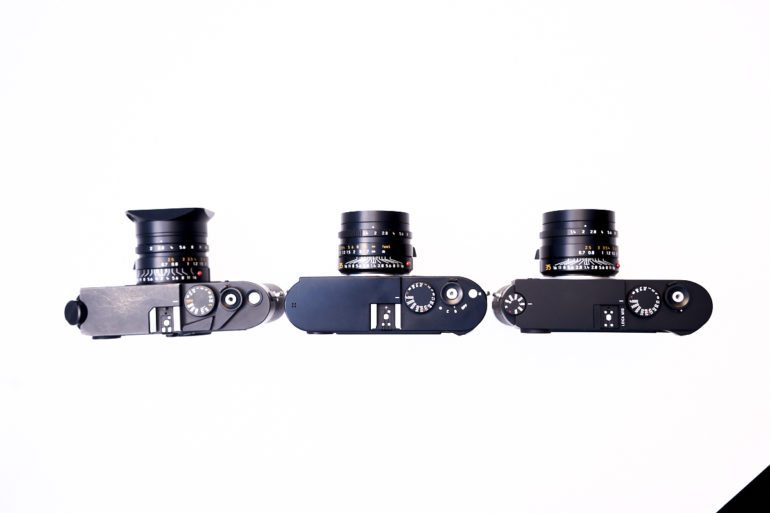
Ease of Use
You would think having only three buttons would make things uber complicated, right? Not so. Leica has a favorites menu and a regular menu. You can put your most used settings in favorites and keep the rest in the other menu. To go back between pages quickly, you just press the menu button. Navigation is easy because this camera doesn’t have a whole load of customization unlike pretty much everything else on the market.
In fact, I’m going to go ahead and say that Leica created the single most simple camera to navigate when it comes to the menu system.
Metering
According to our Sunny 16 tests, the metering holds right up in manual mode. The evaluative mode seems to take the highlights into the biggest consideration probably because you can get so much from the shadows here.
Focusing
Focusing this camera is done manually using the rangefinder mechanism. It’s smooth and works very well if you’ve got bad eyes like me. But if you’ve got the EVF or use the Live View/LCD screen to focus, you’ll get very sharp and accurate results. Most of the time using this camera, I went for the tried and true zone focusing method. Even if I get the images out of focus a bit, I really generally don’t mind. There are far worse things in life.
For what it’s worth, I’ve used Leicas with brighter rangefinders. The M-D for example is much brighter. If we’re talking about just cameras with brighter rangefinders overall, my Fujifilm GW690 III is about on par with this. But the brightest and best rangefinder I’ve used (when it comes to focusing) is the Voigtlander Bessa R.
Also like all rangefinders, be sure to not let your fingers touch it. Otherwise your focusing is going to be kind of screwy.
Image Quality
The dynamic range and high ISO output from this camera are both very good. But where I find it lacking a bit is with color depth. To be fair, Leica’s colors are pretty decent right out of the camera; but I’m so used to Fujifilm and Sony files where the colors can be manipulated pretty heavily. You’re surely not getting that here. The color depth is better than what I’ve been finding available with Micro Four Thirds, but Canon, Nikon, Sony, and Fujifilm are all taking the cake here otherwise.
High ISO Output
The highest ISO that this camera can go up to is ISO 50,000. First off, at ISO 50,000 what I saw from the Leica reps was a nice building in Manhattan that was well exposed. Indeed, you’re going to get very clean files at that point. But if you’re shooting with not a lot of light (which is a reason why you’d use such a high ISO to begin with) then your images aren’t going to look so great. Mind you, there isn’t color noise. It just sort of looks like film on a monitor. You know–just imagine Ektar underexposed and trying to get some sort of details in the scene that you’re photographing.
As is standard with the Phoblographer’s reviews, our new High ISO output tests involve printing a photo at a high ISO on Red River paper on either a Canon Prograf 1000 or an Epson P800. In this case, I used the Epson and a photo at 6400 ISO balanced to Tungsten.
This was the photo used. At a 13×18 print, this photo came out looking pretty spectacular. The noise that is there looks digital vs being film-like, but it isn’t displeasing at all. It looks the same way that it would on a calibrated computer display. You’re surely losing a bit of details if you inspect the print closely but if you look at it from the recommended viewing distance, you’re not going to believe that it was shot at ISO 6400.
Leica does a great job here.
RAW File Versatility
Now here’s the interesting part; essentially the shadows can be pushed for forever. But there is probably little to no recovery from the highlights available. The colors also just don’t have a whole lot of sway when it comes to the editing process, but to be fair the colors out of the camera are very good to begin with if you use the more traditional film-like ISO settings like Daylight and Tungsten.
Still though, I’ve expected more from Leica at this point when it comes to highlight rendition. I feel like it’s a problem they’ve always had.
Here are some examples.
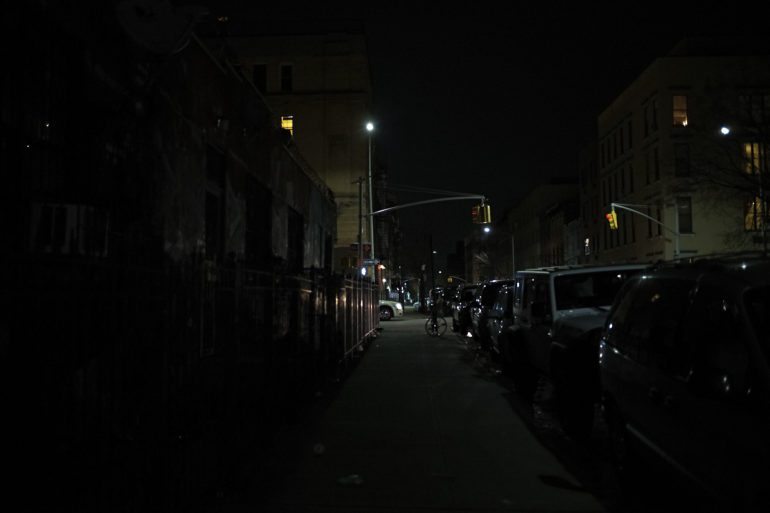
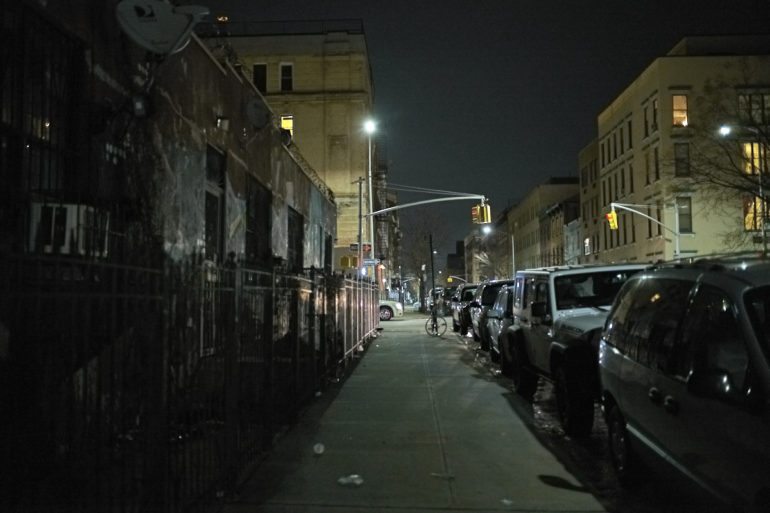
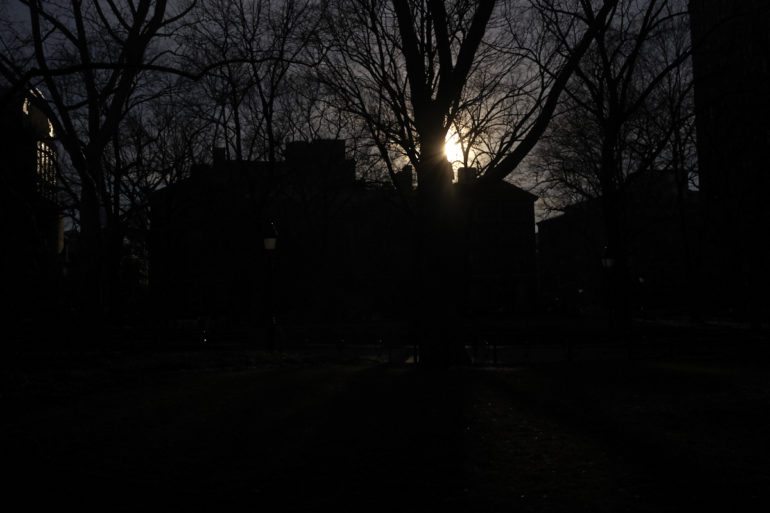
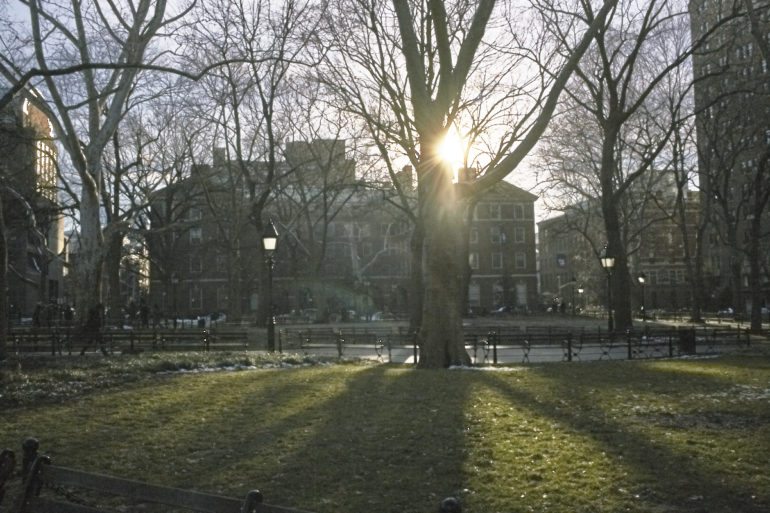
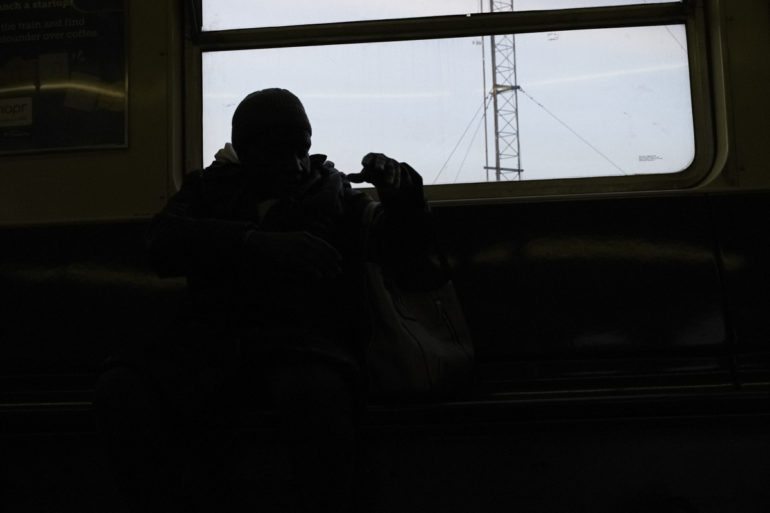
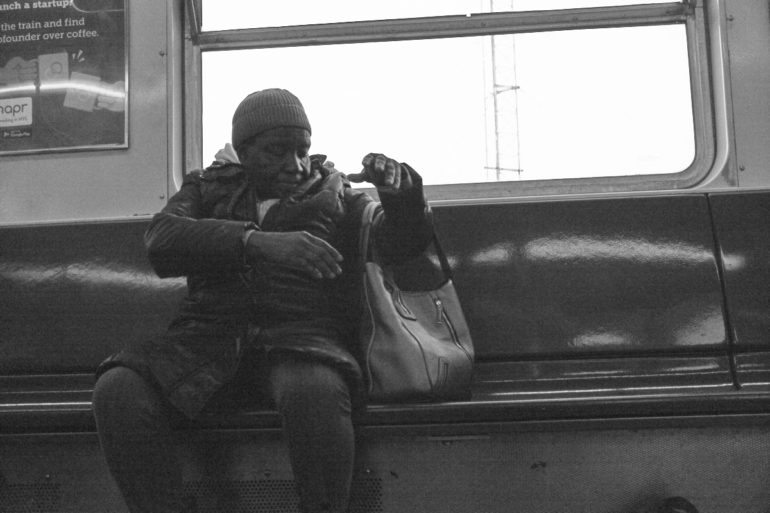
Extra Image Samples
Conclusions
Likes
- Small size
- Comfortable body
- Pretty good image quality, forgiving if you underexpose
- Viewfinder may be better for your eyes, but they’re not for mine
- WiFi
Dislikes
- Price point
The Leica M10 is honestly a fantastic camera. I’m writing this and will need to pack it up as I type this out to be sent on to another reviewer. You can’t shoot video with it, and arguably that could be a limitation, but there are still a lot of things that make it so great. It’s simple to use: the menus aren’t so bad when you consider everyone else’s out there. It’s built like a tank. It has WiFi. The image quality is good; but you have to work with it in a certain way. This reminds me of working with film–and I absolutely love that. It makes bringing the DNG files into Capture One 10 almost as exciting as working in a darkroom because there’s a process that you have to follow. That means that you also need to think a bit different when you work with the camera.
Is it expensive? Yes. I’d drop the price maybe $1,000 at the most and then I’d honestly feel that it would be justified. There’s a lot that makes this camera fantastic and I believe that almost any Leica shooter will fall in love with this camera.
The Leica M10 receives five out of five stars.


